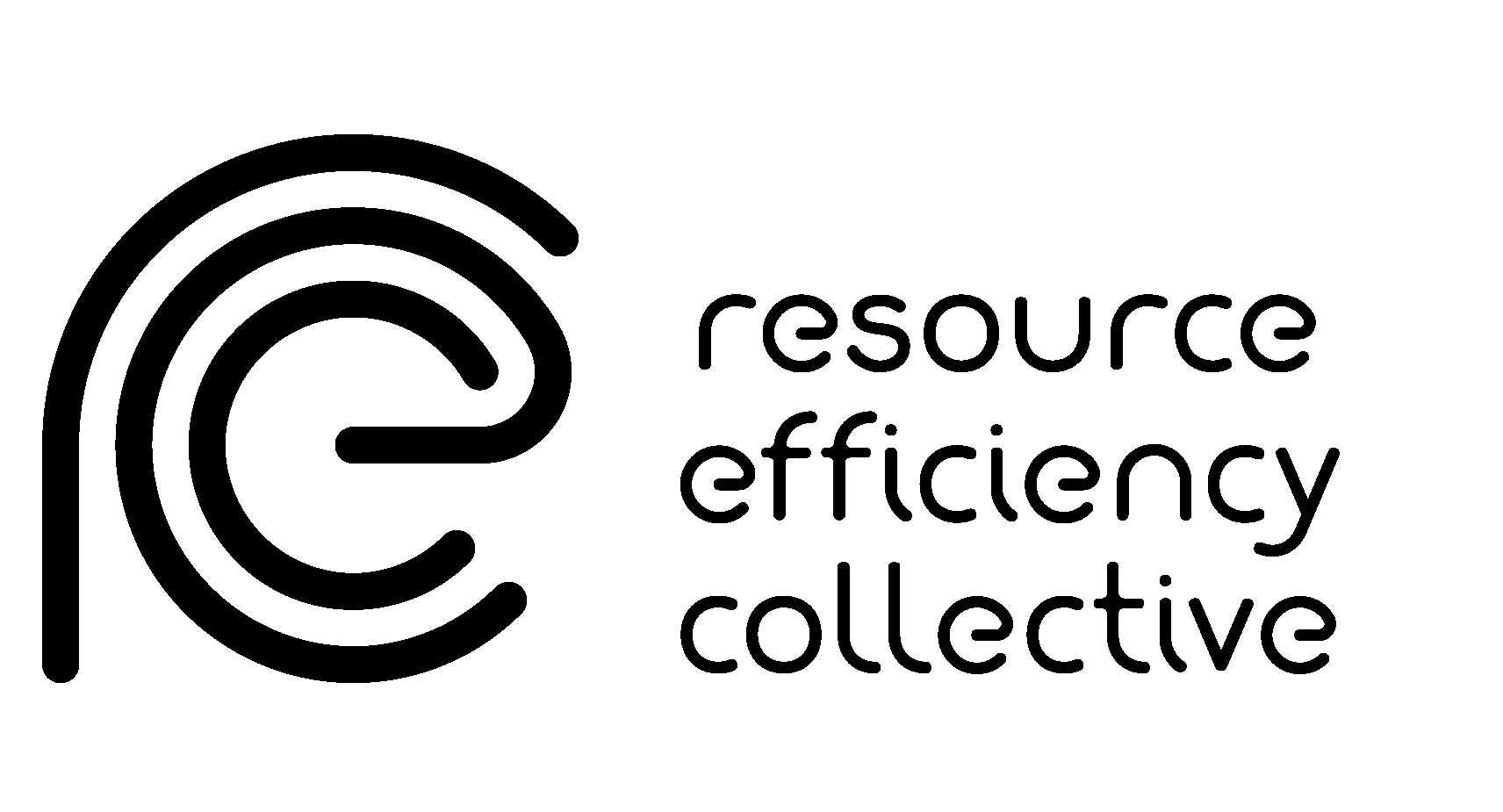A systematic review of resilience in the critical minerals supply chains, needed for the low-carbon energy transition
As the global economy shifts towards decarbonization, the demand for critical minerals (CMs), essential to low-carbon energy technologies, continues to rise. Yet, CM supply chains remain exposed to serious risks, including geopolitical tensions, resource depletion, and environmental disruptions. This review provides a novel, multidimensional synthesis of CM supply chain resilience by reviewing 327 peer-reviewed studies through a systematic PRISMA framework, enhanced with large language models (LLMs). The review focuses on potential disruptions and mitigation strategies across the entire CM supply chain, from mining and processing ores (upstream), through product manufacturing (midstream), to end-use sectors (downstream).
Our analysis reveals four key insights which are poorly addressed in the literature. First, an imbalance is revealed in the literature, where resilience strategies mainly target upstream disruptions, such as geopolitical location of facilities and processing constraints, while midstream and downstream vulnerabilities remain underexplored, including demand volatility, refining and manufacturing bottlenecks, and logistical fragilities.
Second, a significant underrepresentation of technological innovations is identified, such as advanced mining equipment and process routes, across exploration, mining, and refining, despite their proven capacity to mitigate structural supply constraints and reduce environmental risk.
Third, circular economy concepts, such as recycling and recovery, while widely promoted as mitigation strategies, face systemic and technical barriers that compromise their effectiveness and deployment in practice.
Fourth, a critical conceptual gap is uncovered, showing that few studies systematically apply classical risk theory to link hazards, exposure, and vulnerability, limiting the predictive and operational value of current resilience assessments. By addressing these strategic blind spots, our review reframes CM resilience as a system-level challenge that requires integrated innovation, targeted policy, and cross-stage coordination over the entire value chain. It equips decision-makers with actionable insights to anticipate, absorb, and adapt to future disruptions, ensuring that critical mineral supply chains remain resilient in the face of mounting pressure from global energy transitions.
Click here to read the full paper by Mehrnoosh Heydari, Philip Mitchell, Luke Cullen, Baptiste Andrieu, André Cabrera Serrenho and Jonathan Cullen.
Photo by Paul-Alain Hunt on Unsplash













